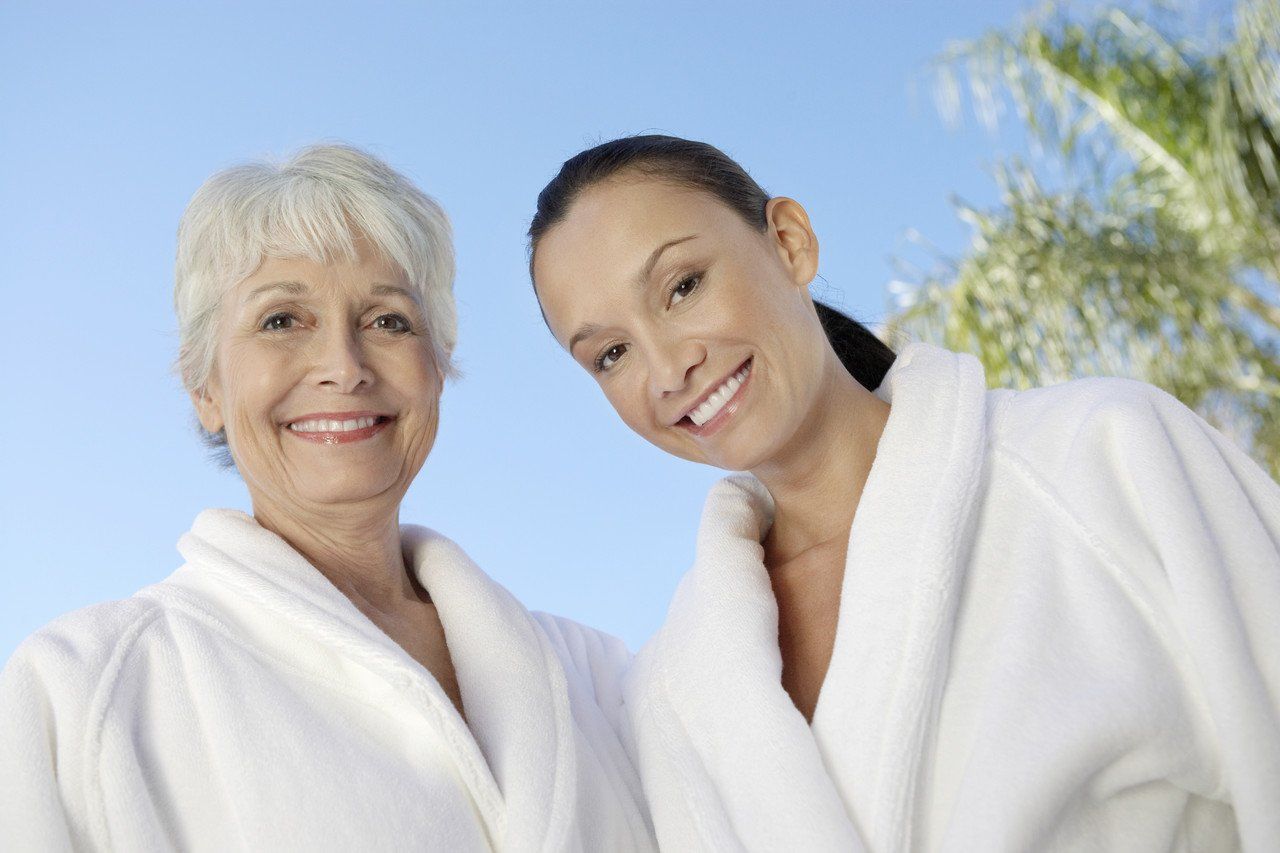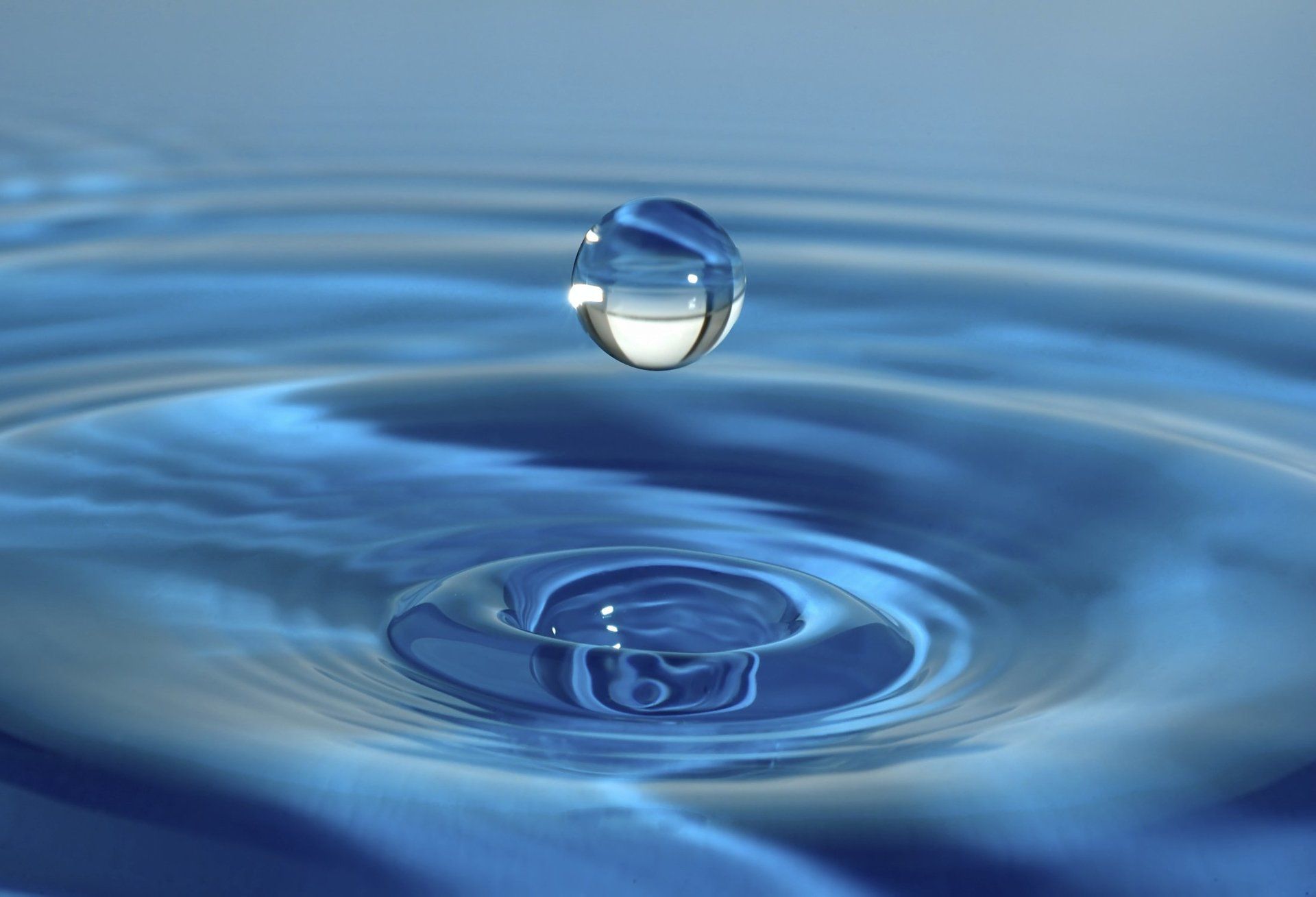Pamper Your Skin With the Perfect Morning Skincare Routine
Good morning, buenos días, gorgeous !

Do you follow a specific skincare routine? If you don’t, it’s time to get it started. You will be delighted to discover what a positive change a good skincare regime can make to your beauty and health. In this post, you will learn some practical tips on morning skincare routine especially tailored for women aged over 40s.
A good skincare routine will clean, purify, moisturize and protect the skin regardless of your skin type, colour, age or beauty budget. What do you need for an essential morning skincare routine ?
- Cleanser
- Toner
- Eye cream
- Serum or face oil
- Moisturizer
- Sunscreen
The Best Morning Skincare Routine for Mature Skin
Our skin is constantly changing as we grow older and wiser. It doesn't look or feel like it used to be in our early age (20s & 30s). Women should change beauty products accordingly because our skin becomes more delicate, drier and thinner as we advance in age. If you have been using the same beauty products over many years, it is time to take an action, evaluate your needs and make a positive change! I stopped buying The Beauty Shop's products in my 30s as their skincare range no longer suits my need.
Morning Skincare
Start a good morning skincare routine by following these steps:
1. Non-foaming cleanser
- After a good night's sleep, our natural sebum and sweat get settled on the face and neck. A good cleanser milk, cream or soap can gently eliminate this build-up so you can begin your day with clean skin. Use your fingers instead of a cleansing wipe or cotton to wash your face.
- Pamper yourself with 2-3 minutes cleansing, applying your finger tips and gently washing and massaging every inch of your face and neck, breathing slowly and making some positive affirmations for the day ahead. Regularly massaging your face muscles will improve blood circulation and reduce tension, hence improving your complexion.
- Try to use non-foaming cleanser because foaming agents can dry up your skin. Use products with natural or organic ingredients to avoid irritation.
- You can use the same cleanser in the evening if you wish.
2. Toner
- Eliminate the last particles from the face by adding a hydrating toner to the morning routine.
- The toner is intended to close pores, hydrate and balance the skin's pH for the rest of the day. Avoid using products contain alcohol and synthetic perfume. Organic rose water is a good option.
- Generously dab or spray it onto your face and neck.
3. Eye cream
- Apply a pea size of eye cream on your index or ring finger, dab 3 dots under your eye and 2 dots under your eyebrow. Gently massage the cream around the eye contour in a tapping motion. Make sure you apply enough eye cream to cover the entire orbital area.
- Remember to apply your eye cream before serum and moisturizer. Why? It’s because by doing so it enables the eye cream to be better absorbed before you tap serum and face cream to your face.

4. Serum or face oil
- Use a serum or face oil which is stored in a dark glass bottle, as it protects the natural ingredients from sunlight radiation. If you are using a water-based serum and a plant oil based serum, use the water-based product first, followed by the oil-based one.
- Apply the serum to a given region. Allow it to absorb into the skin for a few minutes. A good serum will pay off after continuous usage for 8-12 weeks.
5. Moisturizer or day cream
- Apply a long lasting moisturiser to the face and neck. The product can be a moisturizer or face cream.
- Pay attention to the quality of pure essential oils. Plant-based essential oils can function as an effective lubricator and a powerful protector from harsh sunlight, wind and air pollution when properly applied to the skin.
6. Don’t skip sunscreen
- Protection from the sun is vital for healthy, younger-looking skin, especially for mature skin. Wrinkles, dark spots and pre-mature skin are caused by unprotected long exposure to sunlight over time.
- Ultraviolet light is invisible to the human's eyes unlike light. Within the UV spectrum, there are two types of rays that can damage the DNA in your skin cells and lead to skin cancer. It’s important to protect your skin from both types:
1. UVB rays cause sunburn and play a key role in developing skin cancer.
A sunscreen’s SPF number refers mainly to the amount of UVB protection it provides.
2. UVA rays cause skin damage that leads to tanning as well as skin ageing and wrinkles.
The shortest wavelengths of UVA rays also contribute to sunburn.
- Generally speaking, water-proof sunscreen with a SPF30 or higher (with UVA & UVB) is recommended for any extended outdoor activity. With SPF 30 it would take you 30 times longer to get sunburn than if you weren’t wearing sun cream; ideally, it can give 97% sun protection to your skin. With SPF 50 it would take you 50 times longer to redden your skin versus without any sun protection; it can block 98% sun lights.
- Apply the sunscreen 30 minutes before going out. It is necessary to reapply the sunscreen every two hours if you are staying outdoors for long hours.
No Single Method of Sun Defense Can Protect You Perfectly
If you are living in a town or city where sunny days are a regular occurrence like where I live in Costa del Sol, Málaga. You should be aware of the risks linked to sun damage especially during the hottest season.
According to the Skin Cancer Organisation's website, none of the sunscreen products in the markets provide 100% ultraviolet light protection. Therefore, it’s important not to rely on high-SPF sunscreens alone. Sunscreen is just a crucial part of a good sun defense routine. It should also include seeking shade and covering up with clothing, such as wearing a wide-brimmed hat and UV-blocking sunglasses.
Shop online @ www.moonette.es/tienda/










